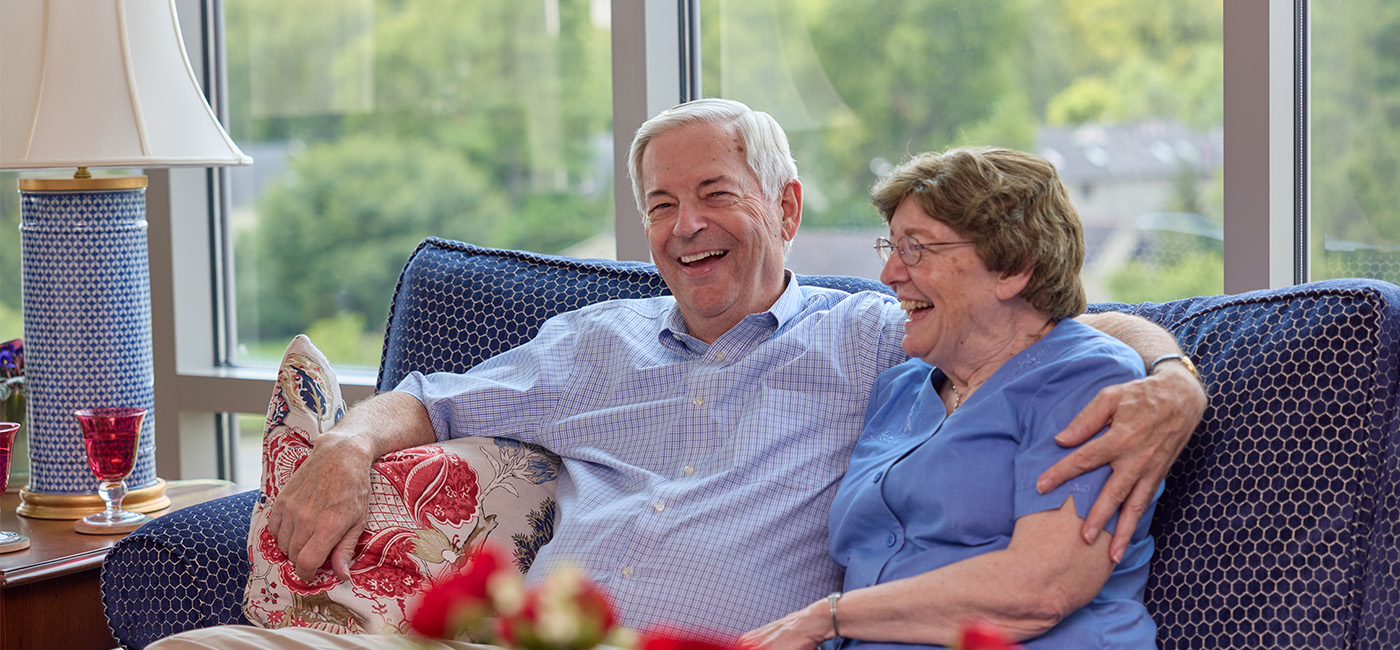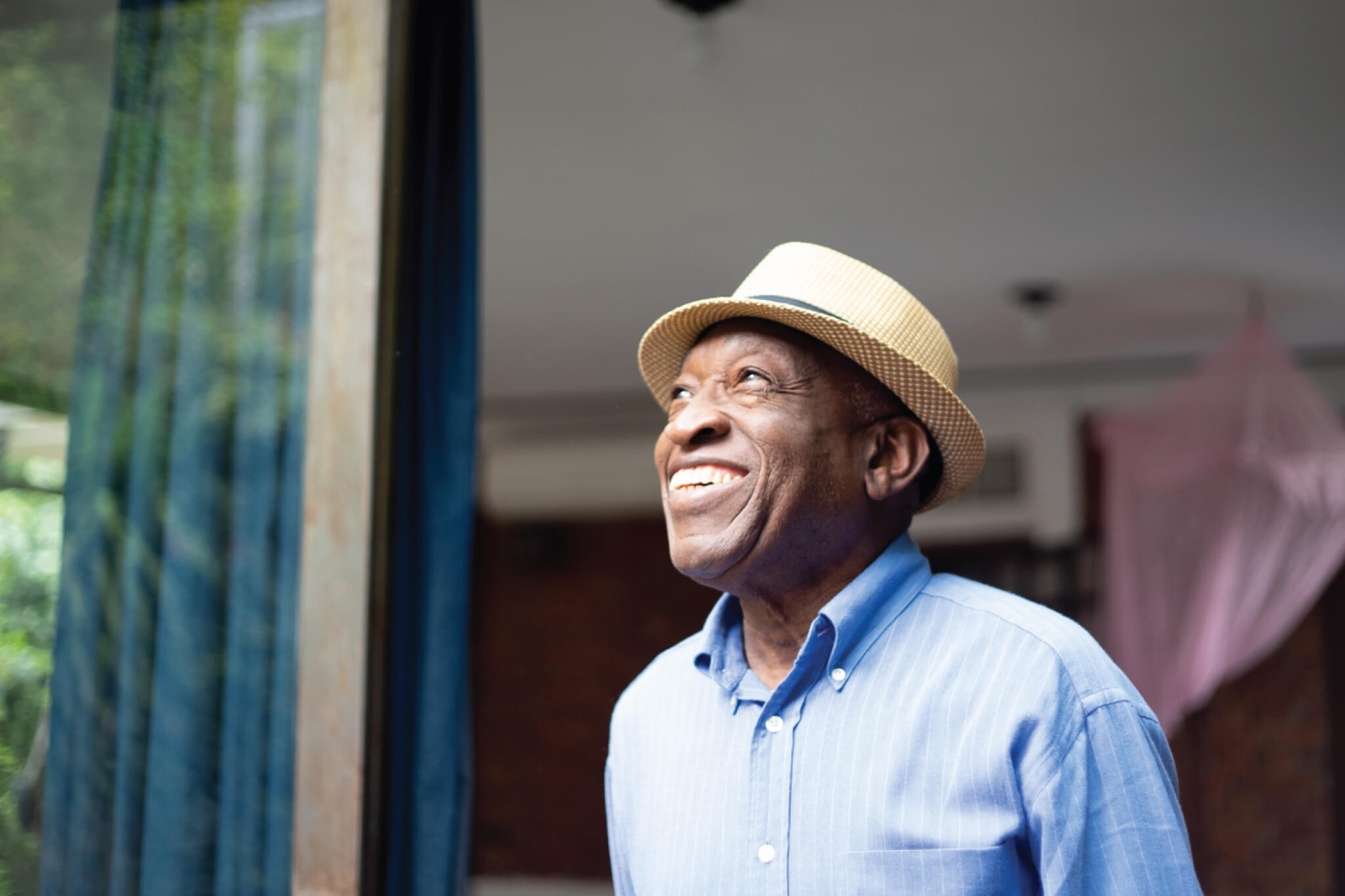Choosing the right time to move into senior living is a deeply personal decision—one that depends on health, lifestyle, and future planning. While there’s no one-size-fits-all answer, understanding your options and knowing what factors to consider can help make the transition smoother and more empowering. Whether you’re exploring independent living, assisted living, or memory care, this guide will walk you through the key considerations, ideal timing, and types of housing available to older adults. From financial planning to emotional readiness, we’ll help you navigate when and how to make the move that’s right for you or your loved one.
Why Timing Matters
Many people wait until a health crisis forces a move, but making the decision proactively can offer major advantages. You’ll have more choices, more time to adjust, and less stress if you plan ahead. Whether you’re considering independent living options, assisted living and memory care, or simply exploring the landscape, knowing your needs and goals early can open the door to a more fulfilling lifestyle.
What Is the Best Age to Consider Senior Living?
The decision to move often occurs between the ages of 75 and 85—though some adults choose to make the move earlier to enjoy the amenities, freedom, and sense of community that senior living offers. This phase of life is when many begin thinking seriously about downsizing, simplifying responsibilities, and preparing for future care needs.
Factors that may signal it’s time include:
- Difficulty maintaining a home or managing daily tasks
- Desire for more social connection and wellness opportunities
- Concerns about health and safety living alone
- Increased forgetfulness or cognitive changes (which may indicate a need for memory care)
Understanding Your Options
There are several types of senior living, each tailored to different levels of independence and care:
Ideal for active adults who want to simplify their lifestyle without giving up their autonomy. Independent living typically includes maintenance-free housing, dining options, and community activities.
Designed for those who need help with daily activities such as bathing, dressing, or medication management. Communities offering assisted living and memory care provide a supportive environment that promotes dignity and independence.
A specialized type of care for individuals with Alzheimer’s or other forms of dementia. Memory care offers enhanced safety features, structured routines, and therapeutic programming to support cognitive health and quality of life.
Spotlight on Marquette Senior Living in Indianapolis
For those exploring senior living options in the Midwest, Marquette Senior Living in Indianapolis stands out as a premier Life Plan Community offering a continuum of care—from independent living to assisted living and memory care.
Independent Living at Marquette
Marquette’s independent living options provide maintenance-free residences, including beautifully designed apartment homes and spacious ranch-style cottages. Residents enjoy amenities such as gourmet dining, a state-of-the-art fitness center, and a vibrant social calendar, all nestled within a charming, upscale neighborhood.
Assisted Living at Marquette
The Bernard L. Strange Pavilion offers personalized support for daily activities, allowing residents to maintain their independence while receiving the assistance they need. With services like housekeeping, scheduled transportation, and an on-campus health clinic, Marquette ensures a seamless transition as health needs evolve.
Memory Care at Marquette
Reflections at the Pavilion provides compassionate memory care through Heartfelt Connections—A Memory Care Program®. This approach focuses on individualized care plans that celebrate residents’ interests and abilities, promoting physical and emotional well-being in a secure, home-like environment.
Planning Ahead: What to Consider
- Financial Readiness: Budget for current and future needs, considering that care needs may increase over time.
- Emotional Readiness: The idea of leaving a longtime home can be difficult. Visiting communities early and involving family in the conversation can ease this transition.
- Lifestyle Goals: Think about the type of lifestyle you want in retirement—active, social, quiet, wellness-focused—and explore communities that align with those goals.
- Long-Term Care Needs: Planning for a continuum of care—from independent living to assisted living and memory care—can prevent the need for another move later.
Making the Move at the Right Time
Ultimately, the best age to consider moving to senior living isn’t about a number—it’s about readiness. If daily tasks are becoming more difficult, or if you’re looking to enhance your social life, safety, and well-being, it might be time to take the next step. Proactive planning can help you or your loved one maintain independence, reduce stress, and enjoy a higher quality of life.
Ready to learn more about Marquette Senior Living?
Schedule a visit today and discover how Marquette offers an exceptional lifestyle filled with comfort, care, and connection.




